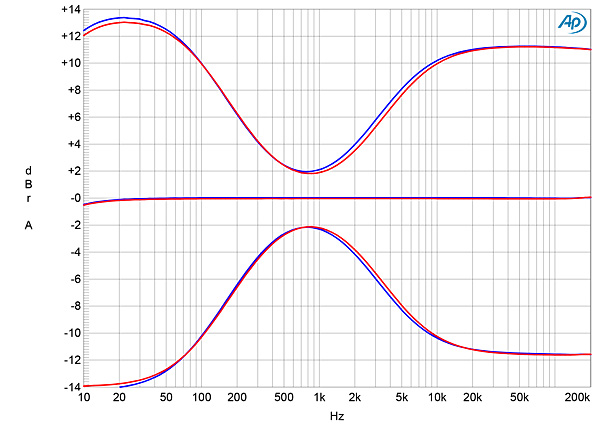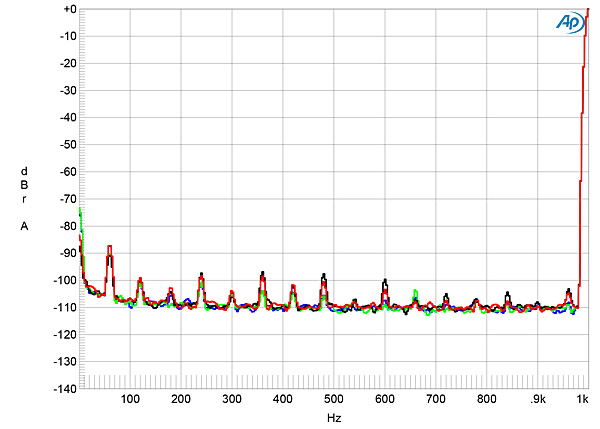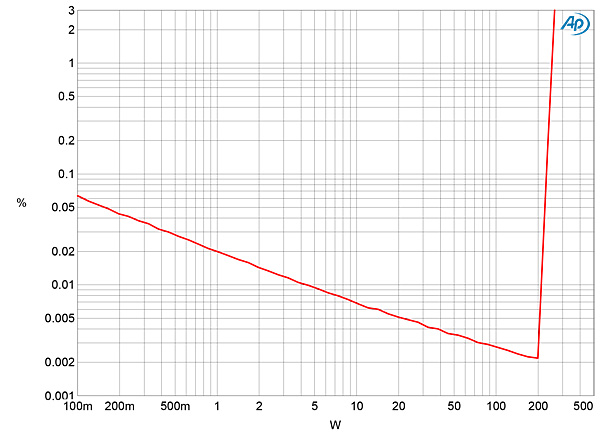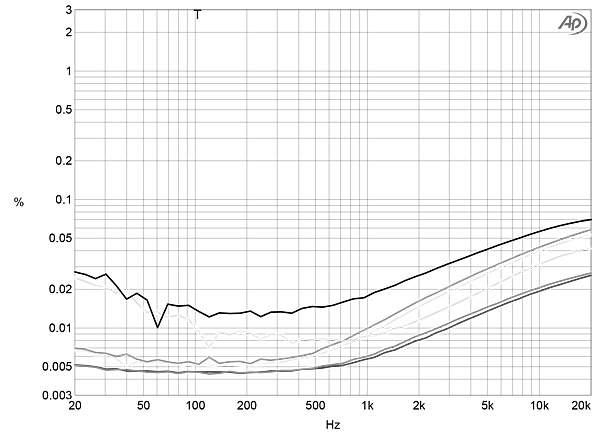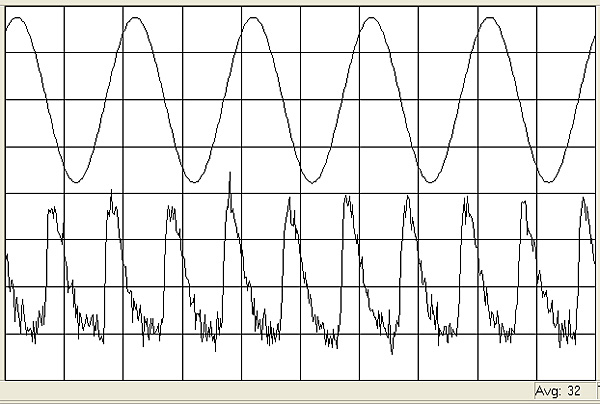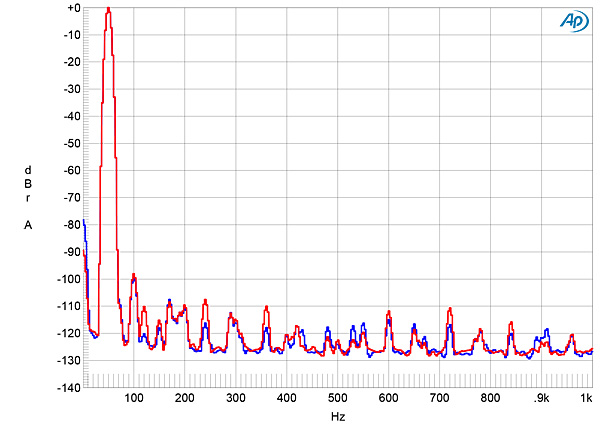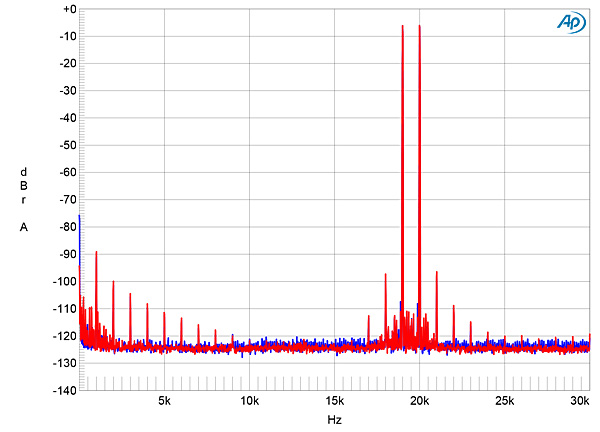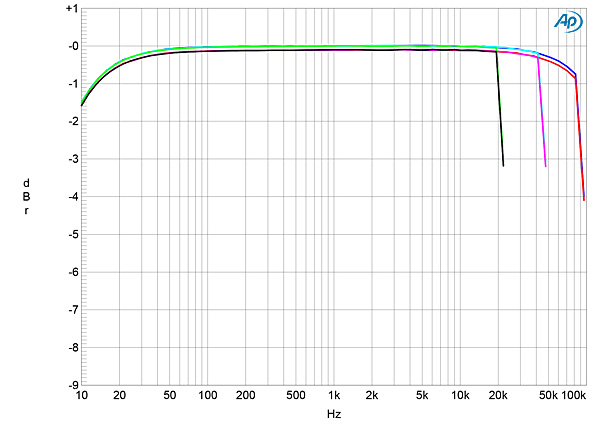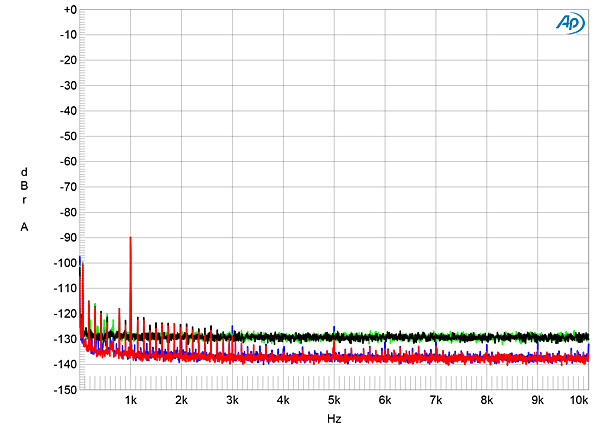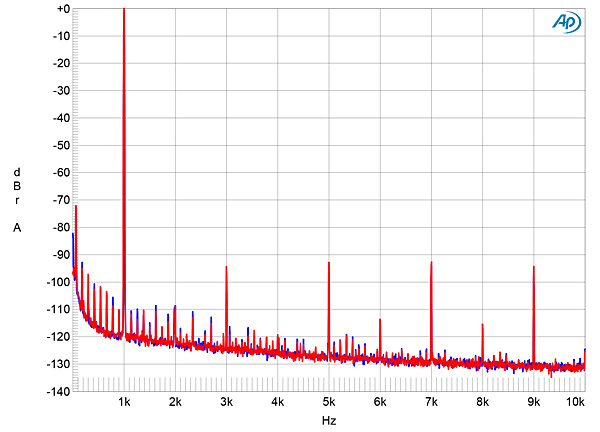| Columns Retired Columns & Blogs |
"PCM5242 chip, which allows conversion of PCM data at sample rates up to 192kHz but no DSD conversion."
No great loss I believe for the higher end of the market, seeing most recordings are done originally in PCM.
Texas Instruments would have included it into the PCM5242 if they thought it was equal or better.
It would be interesting to see which you prefer Herb playing say 24bit Redbook PCM CD's using Rotel DT-6000 CD player if you still have it as the source which does have a DSD ESS dac in it, and then using the spdif output of the DT6000 switching on the fly to the PCM dac digital in the Rotel RA 6000??? Hopefully Rotel matched the ESS v PCM output analog levels., so there's no need to touch the volume control of the amp.
My money's on the PCM5242 dac in the amp sounding better.
Cheers George


